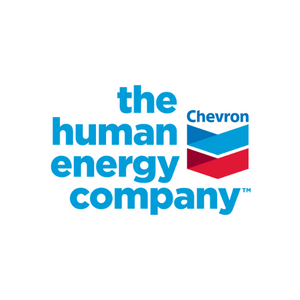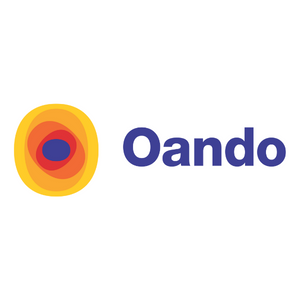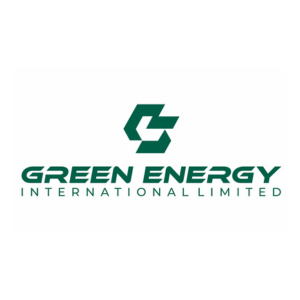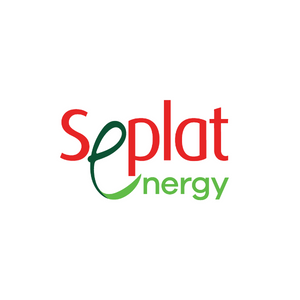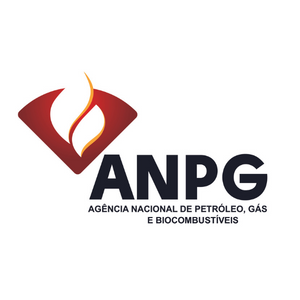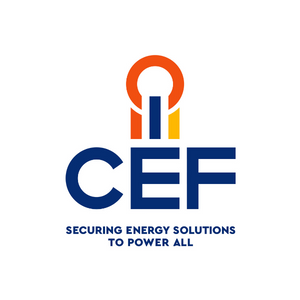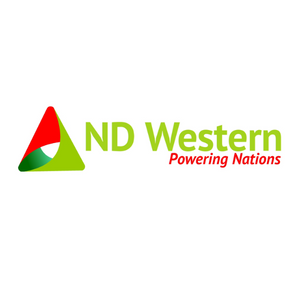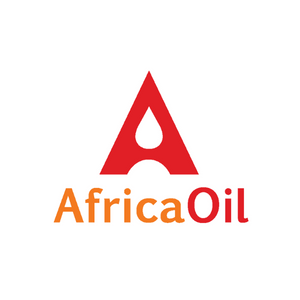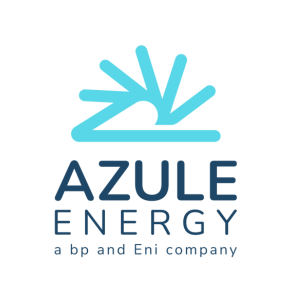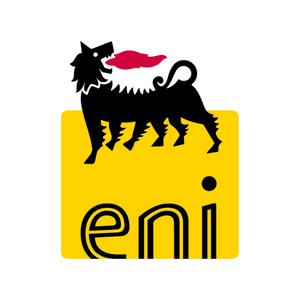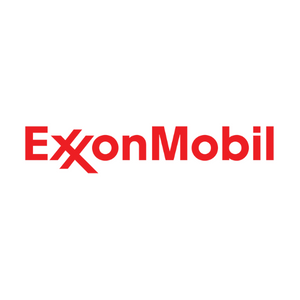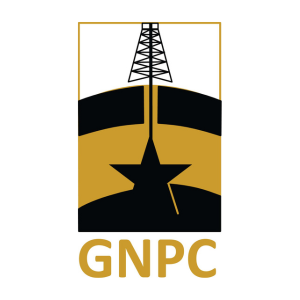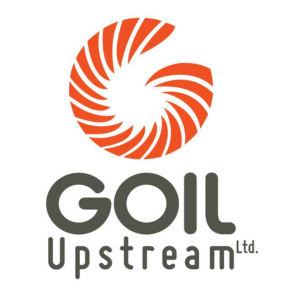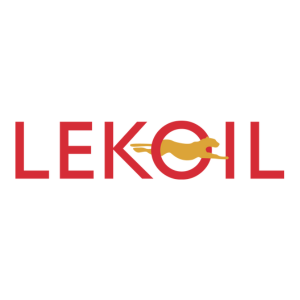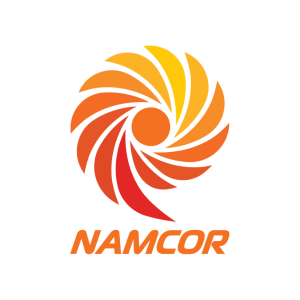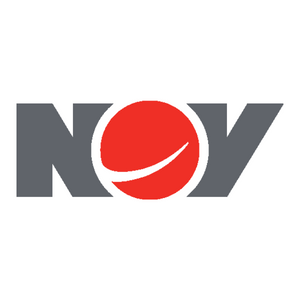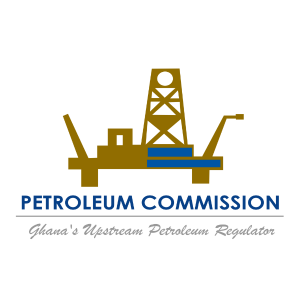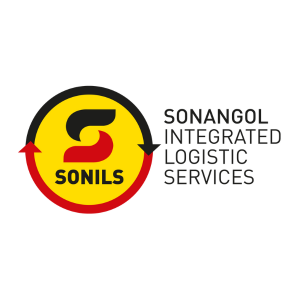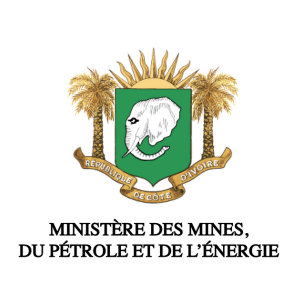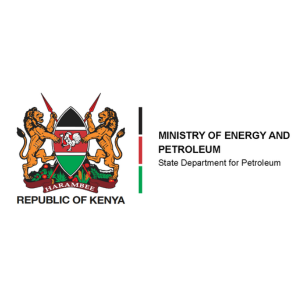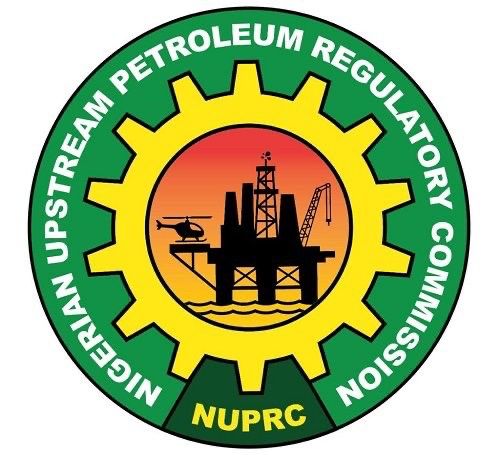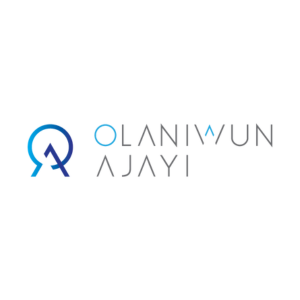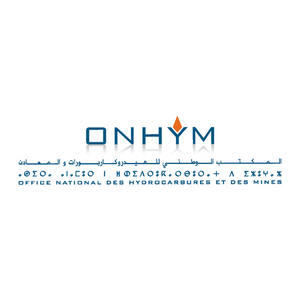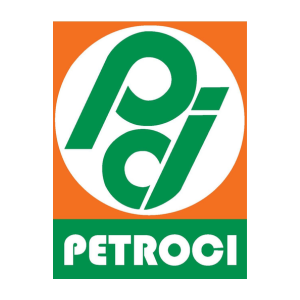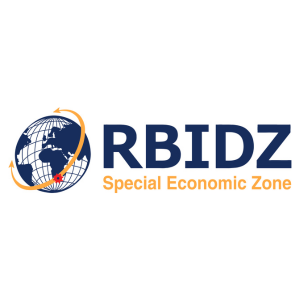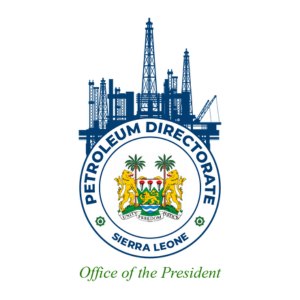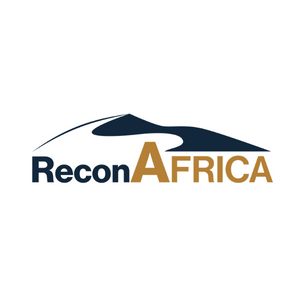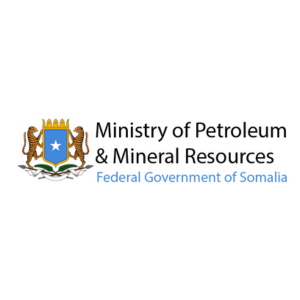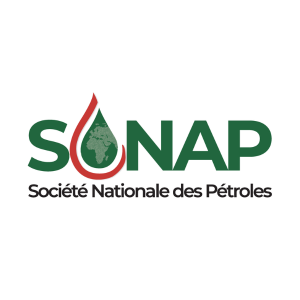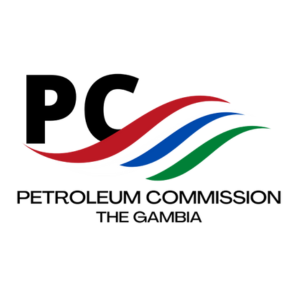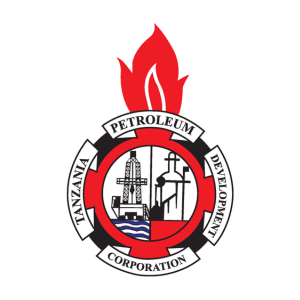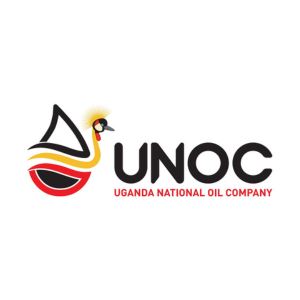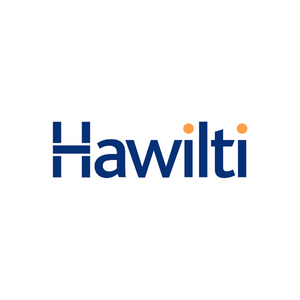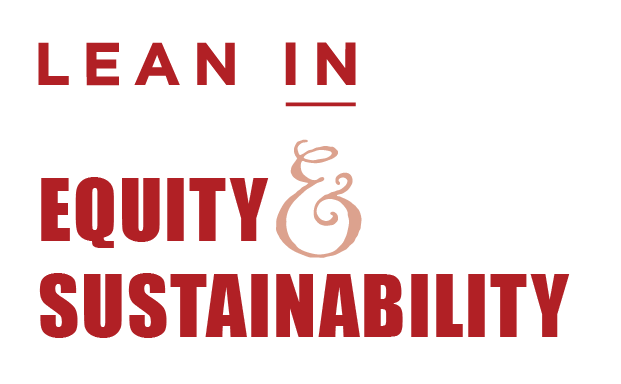We head east on our journey across Africa, project by project, checking out some of East Africa’s vital developments.
The continent’s eastern seaboard is home to some of the most significant finds, and largest projects, in recent African memory. Join us as the odyssey continues.
Location: Rovuma basin, offshore Mozambique
Timeframe: 2012-2022
Cost: $4.7bn
Mozambique’s gas riches are ripe for development, particularly in the Rovuma offshore basin. Here, 450bn cubic metres of natural gas lies waiting for extraction. Eni’s Coral South FLNG facility forms the first phase in accessing this gaseous bounty.
Coral South itself is a floating LNG platform, sat atop 6 subsea wells off Mozambique’s coast. According to Eni East Africa, the project’s initiator and main operator, 5bn cubic metres of LNG will be harvested here every year. First gas is expected in 2022.
This $4.7bn project was first mooted in 2012 when gas was discovered in Mozambican waters. Its significance is such that internationals are heavily involved in the project. As well as domestic NOC Empresa Nacial de Hidrocarbontres, ExxonMobil, Korea’s Kogas, and Galp Energia from Portugal are Eni’s project partners here.
First steel for the floating facility was cut in September 2018 by fabricators Samsung Heavy Industries. Topside modules will also be built in South Korea, while the ship’s turret is being made in Singapore. Norway’s Aker Solutions is providing undersea umbilicals.
So far, BP has bought rights to 100% of Coral South gas – a deal covering a 20-year timeframe. During this time, it’s expected Coral South will generate enormous cash revenues for Mozambique.
Location: Lindi, Tanzania
Timeframe: 2017-onward
Cost: $30bn
While Coral South is a major step in bringing East African gas to the fore, it’s in danger of being shadowed by the slowly gestating Tanzania LNG Project.
For context, Tanzania’s proven gas reserves are massive. As much as 1.6bn cubic metres of gas lies in Tanzanian acreages, with roughly 75% offshore in the Indian Ocean. While extracting this gas is a key priority, so is ensuring liquification and transmission. Enter the Tanzania LNG Project.
This $30bn facility located at Lindi would sit on Tanzania’s coast, acting as a terminal and gas liquification hub. It was announced in 2016 that Tanzaina would build a gas pipeline to neighbouring Uganda, and it is gas from this site that would pour down the pipe.
Discussions are still on-going, but Norway’s Equinor and Shell have confirmed their commitment to getting the Tanzania LNG Project up and running. Both have spent significant capex on exploring Tanzania, with Equinor investing as much as $2bn.
Shell will undertake a multi-million-dollar engineering and feasibility study for the Lindi site. Initial estimates suggest the gas plant will take up to five years to construct. An optimistic 2020 start date has been earmarked by Shell. Tanzanian newspaper The Citizen has reported the project will kick off in earnest by 2020.
“For now, the focus is on agreeing to the Host Government Agreement that is to set the legislative, regulatory and fiscal terms for this project,” Shell spokesperson Sally Donaldson told Bloomberg.
While first gas may not arrive until 2030, the Tanzania LNG Project has enormous potential. It’s well worth keeping an eye on ongoing developments moving forward.
Location: Hoima District, Western Uganda
Timeframe: 2022-onward
Cost: $4bn
Uganda’s oil is coming into focus for IOCs, with companies like Tullow Oil, Total and CNOOC, already planning first flows in 2020. Trouble is, Uganda currently lacks any significant refining capability. This means it will still be reliant on imported finished petroleum products, despite becoming a producer.
With that in mind, the Ugandan government is laying the foundations for a 60,000bpd refinery complex built with international cooperation. The Albertine Graben Refinery Consortium is handling the EPC and operational aspects of the Ugandan Refinery.
The Consortium itself is comprised of majority shareholder GE, Saipem s.P.a., US firmn Yaatra Ventures, and Mauritius-based Intracontinent Asset Holdings. The Ugandan Government is also a key stakeholder here.
The original project start date has been pushed back to 2022, following a 17-month long FEED study conducted by Saipem. The EPC phase will follow shortly after.
Location: Ogaden Basin, East Ethiopia – Damerjog, Djibouti
Timeframe: 2020-onward
Cost: $4bn
First Ethiopian gas in the resource-rich Ogaden basin was discovered in the 1970s, but has since remained beneath the ground, laying dormant. Fast forward to 2013, and Chinese Poly-GCL Petroleum Group Holdings Limited entered the scene. It now holds an agreement with the Ethiopian government on production from the Ogaden-located Calub and Hilala Fields.
Interested in exporting such gas, Poly-GCL has been investigating potential transmission routes for this gas. Importantly, Ethiopia is landlocked. To access the sea, it needs to go through neighbouring Djibouti – hence this $4bn pipeline project.
Covering a distance of 767km, the pipeline would terminate at a liquification and export terminal at Damerjog on Djibouti’s border with Somalia. Poly-GCL is spearheading this project, helping it become a major player in the burgeoning East African gas sector.
As mentioned above, as well as building the pipeline, Poly-GCL would hold responsibility for construction of the liquefaction plant and export facilities.
“This is the most expensive project ever built in the Horn of Africa region,” Djibouti’s Energy Minister Yonis Ali Guedi told Reuters. “The two parties have reached an agreement in principle to allow them to benefit from the project in an equitable manner.”
The project, which is due to start in 2020, is expected to provide revenues worth $1bn a year to project partners.
Location: Lokichar Oilfield, Northern Kenya to Lamu Seaport
Timeframe: Now-2022
Cost: $4bn
Tullow Oil is well established in Africa with a presence in seemingly all hydrocarbon-producing regions. Kenya is one of these. Since 2012, Kenya has struck 750m barrels of commercially-suitable oil. As much as one billion barrels could be lurking below Kenya’s various fields too.
As such, Tullow is keen to harvest this black gold specifically from the Lokichar Basin in Kenya’s northern reaches. In total, Tullow holds five Kenyan license blocks, with acreage in excess of 48,000 square kilometres.
From Lokichar, the oil producer plans to construct a $1bn, 821km, connected to the key Kenyan seaport of Lamu for processing and export. Incorporating upstream activity and construction projects, the pipeline project’s total cost clocks in at roughly $4bn.
Tullow’s estimates suggest the pipeline would carry up to 120,000 barrels of crude per day along the route. At this rate, known reserves feeding the pipeline will last for 20 years.
For context, most oil is transported by truck through Kenya to Mombassa, with first shipments expected in 2019. Tullow is pushing ahead with its pipeline project in order to a) speed up deliveries and b) avoid supply backlogs caused by road transportation.
For over 25 years, Africa Oil Week has been the meeting place for Africa’s most senior E&P stakeholders.
It’s where they come to set out the future direction of the continent’s upstream oil and gas sector, secure major deals and lucrative new partnerships.
1,500 senior experts make up the attendee list including Ministers, CEOs and senior representatives form NOCs, IOCs and independent oil companies, GEOs, oilfield services and business service providers. The entire value chain is represented making it the premium deal-making hub for the industry.
Over 200 world-class speakers make up a cutting-edge agenda which every year tackles the industry’s biggest challenges. The discussion topics are shaped by the oil and gas leaders that make up our expert advisory board.
5 must-see East Africa oil & gas projects
Coral South FLNG
Location: Rovuma basin, offshore Mozambique
Timeframe: 2012-2022
Cost: $4.7bn
Mozambique’s gas riches are ripe for development, particularly in the Rovuma offshore basin. Here, 450bn cubic metres of natural gas lies waiting for extraction. Eni’s Coral South FLNG facility forms the first phase in accessing this gaseous bounty.
Coral South itself is a floating LNG platform, sat atop 6 subsea wells off Mozambique’s coast. According to Eni East Africa, the project’s initiator and main operator, 5bn cubic metres of LNG will be harvested here every year. First gas is expected in 2022.
This $4.7bn project was first mooted in 2012 when gas was discovered in Mozambican waters. Its significance is such that internationals are heavily involved in the project. As well as domestic NOC Empresa Nacial de Hidrocarbontres, ExxonMobil, Korea’s Kogas, and Galp Energia from Portugal are Eni’s project partners here.
First steel for the floating facility was cut in September 2018 by fabricators Samsung Heavy Industries. Topside modules will also be built in South Korea, while the ship’s turret is being made in Singapore. Norway’s Aker Solutions is providing undersea umbilicals.
So far, BP has bought rights to 100% of Coral South gas – a deal covering a 20-year timeframe. During this time, it’s expected Coral South will generate enormous cash revenues for Mozambique.
Tanzania LNG Project
Location: Lindi, Tanzania
Timeframe: 2017-onward
Cost: $30bn
While Coral South is a major step in bringing East African gas to the fore, it’s in danger of being shadowed by the slowly gestating Tanzania LNG Project.
For context, Tanzania’s proven gas reserves are massive. As much as 1.6bn cubic metres of gas lies in Tanzanian acreages, with roughly 75% offshore in the Indian Ocean. While extracting this gas is a key priority, so is ensuring liquification and transmission. Enter the Tanzania LNG Project.
This $30bn facility located at Lindi would sit on Tanzania’s coast, acting as a terminal and gas liquification hub. It was announced in 2016 that Tanzaina would build a gas pipeline to neighbouring Uganda, and it is gas from this site that would pour down the pipe.
Discussions are still on-going, but Norway’s Equinor and Shell have confirmed their commitment to getting the Tanzania LNG Project up and running. Both have spent significant capex on exploring Tanzania, with Equinor investing as much as $2bn.
Shell will undertake a multi-million-dollar engineering and feasibility study for the Lindi site. Initial estimates suggest the gas plant will take up to five years to construct. An optimistic 2020 start date has been earmarked by Shell. Tanzanian newspaper The Citizen has reported the project will kick off in earnest by 2020.
“For now, the focus is on agreeing to the Host Government Agreement that is to set the legislative, regulatory and fiscal terms for this project,” Shell spokesperson Sally Donaldson told Bloomberg.
While first gas may not arrive until 2030, the Tanzania LNG Project has enormous potential. It’s well worth keeping an eye on ongoing developments moving forward.
Uganda Oil Refinery
Location: Hoima District, Western Uganda
Timeframe: 2022-onward
Cost: $4bn
Uganda’s oil is coming into focus for IOCs, with companies like Tullow Oil, Total and CNOOC, already planning first flows in 2020. Trouble is, Uganda currently lacks any significant refining capability. This means it will still be reliant on imported finished petroleum products, despite becoming a producer.
With that in mind, the Ugandan government is laying the foundations for a 60,000bpd refinery complex built with international cooperation. The Albertine Graben Refinery Consortium is handling the EPC and operational aspects of the Ugandan Refinery.
The Consortium itself is comprised of majority shareholder GE, Saipem s.P.a., US firmn Yaatra Ventures, and Mauritius-based Intracontinent Asset Holdings. The Ugandan Government is also a key stakeholder here.
The original project start date has been pushed back to 2022, following a 17-month long FEED study conducted by Saipem. The EPC phase will follow shortly after.
Ethiopia-Djibouti Gas Pipeline
Location: Ogaden Basin, East Ethiopia – Damerjog, Djibouti
Timeframe: 2020-onward
Cost: $4bn
First Ethiopian gas in the resource-rich Ogaden basin was discovered in the 1970s, but has since remained beneath the ground, laying dormant. Fast forward to 2013, and Chinese Poly-GCL Petroleum Group Holdings Limited entered the scene. It now holds an agreement with the Ethiopian government on production from the Ogaden-located Calub and Hilala Fields.
Interested in exporting such gas, Poly-GCL has been investigating potential transmission routes for this gas. Importantly, Ethiopia is landlocked. To access the sea, it needs to go through neighbouring Djibouti – hence this $4bn pipeline project.
Covering a distance of 767km, the pipeline would terminate at a liquification and export terminal at Damerjog on Djibouti’s border with Somalia. Poly-GCL is spearheading this project, helping it become a major player in the burgeoning East African gas sector.
As mentioned above, as well as building the pipeline, Poly-GCL would hold responsibility for construction of the liquefaction plant and export facilities.
“This is the most expensive project ever built in the Horn of Africa region,” Djibouti’s Energy Minister Yonis Ali Guedi told Reuters. “The two parties have reached an agreement in principle to allow them to benefit from the project in an equitable manner.”
The project, which is due to start in 2020, is expected to provide revenues worth $1bn a year to project partners.
Kenya Oil Pipeline
Location: Lokichar Oilfield, Northern Kenya to Lamu Seaport
Timeframe: Now-2022
Cost: $4bn
Tullow Oil is well established in Africa with a presence in seemingly all hydrocarbon-producing regions. Kenya is one of these. Since 2012, Kenya has struck 750m barrels of commercially-suitable oil. As much as one billion barrels could be lurking below Kenya’s various fields too.
As such, Tullow is keen to harvest this black gold specifically from the Lokichar Basin in Kenya’s northern reaches. In total, Tullow holds five Kenyan license blocks, with acreage in excess of 48,000 square kilometres.
From Lokichar, the oil producer plans to construct a $1bn, 821km, connected to the key Kenyan seaport of Lamu for processing and export. Incorporating upstream activity and construction projects, the pipeline project’s total cost clocks in at roughly $4bn.
Tullow’s estimates suggest the pipeline would carry up to 120,000 barrels of crude per day along the route. At this rate, known reserves feeding the pipeline will last for 20 years.
For context, most oil is transported by truck through Kenya to Mombassa, with first shipments expected in 2019. Tullow is pushing ahead with its pipeline project in order to a) speed up deliveries and b) avoid supply backlogs caused by road transportation.
Reach the players behind the continent’s biggest oil & gas projects at Africa Oil Week
For over 25 years, Africa Oil Week has been the meeting place for Africa’s most senior E&P stakeholders.
It’s where they come to set out the future direction of the continent’s upstream oil and gas sector, secure major deals and lucrative new partnerships.
1,500 senior experts make up the attendee list including Ministers, CEOs and senior representatives form NOCs, IOCs and independent oil companies, GEOs, oilfield services and business service providers. The entire value chain is represented making it the premium deal-making hub for the industry.
Over 200 world-class speakers make up a cutting-edge agenda which every year tackles the industry’s biggest challenges. The discussion topics are shaped by the oil and gas leaders that make up our expert advisory board.

